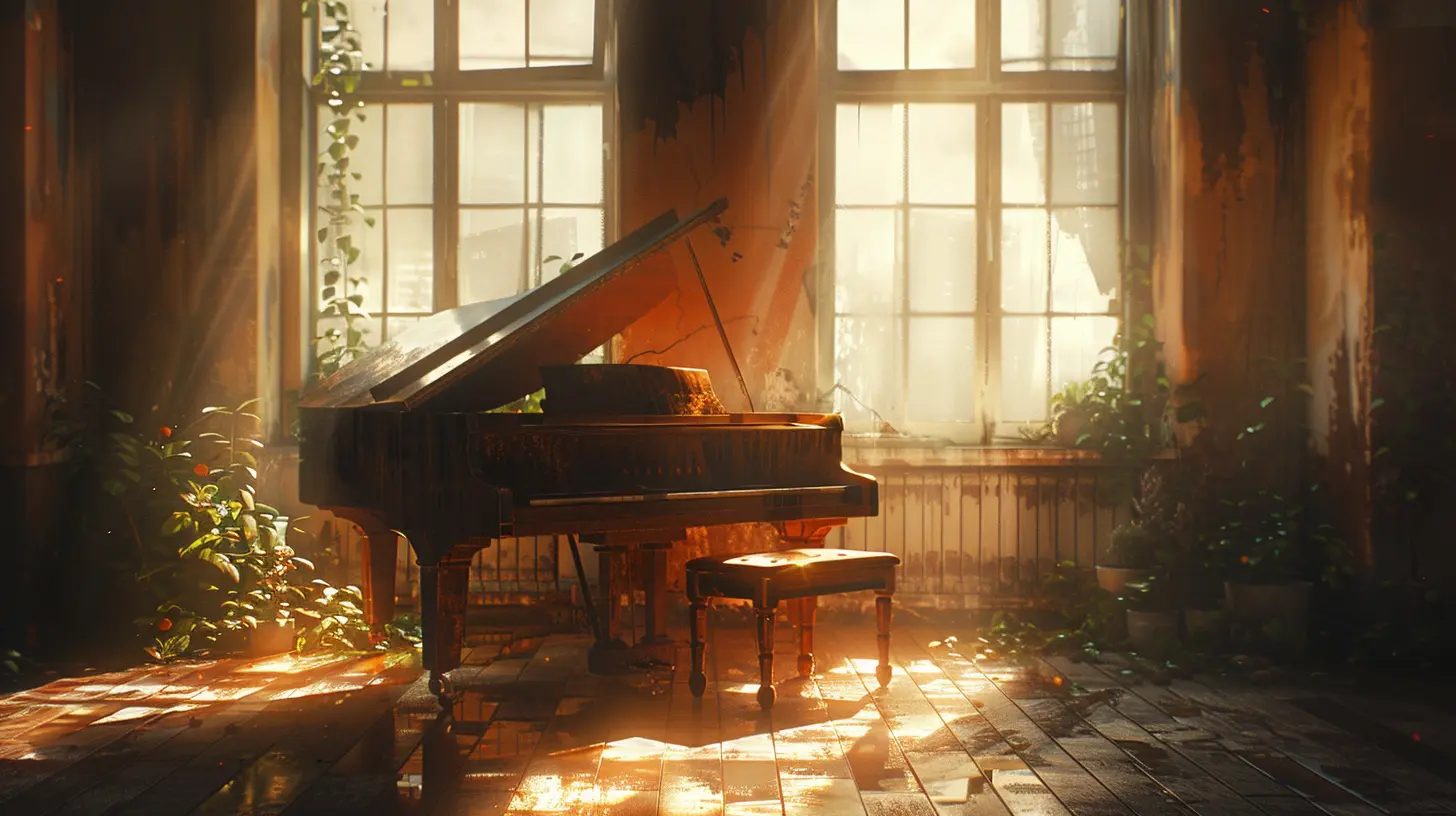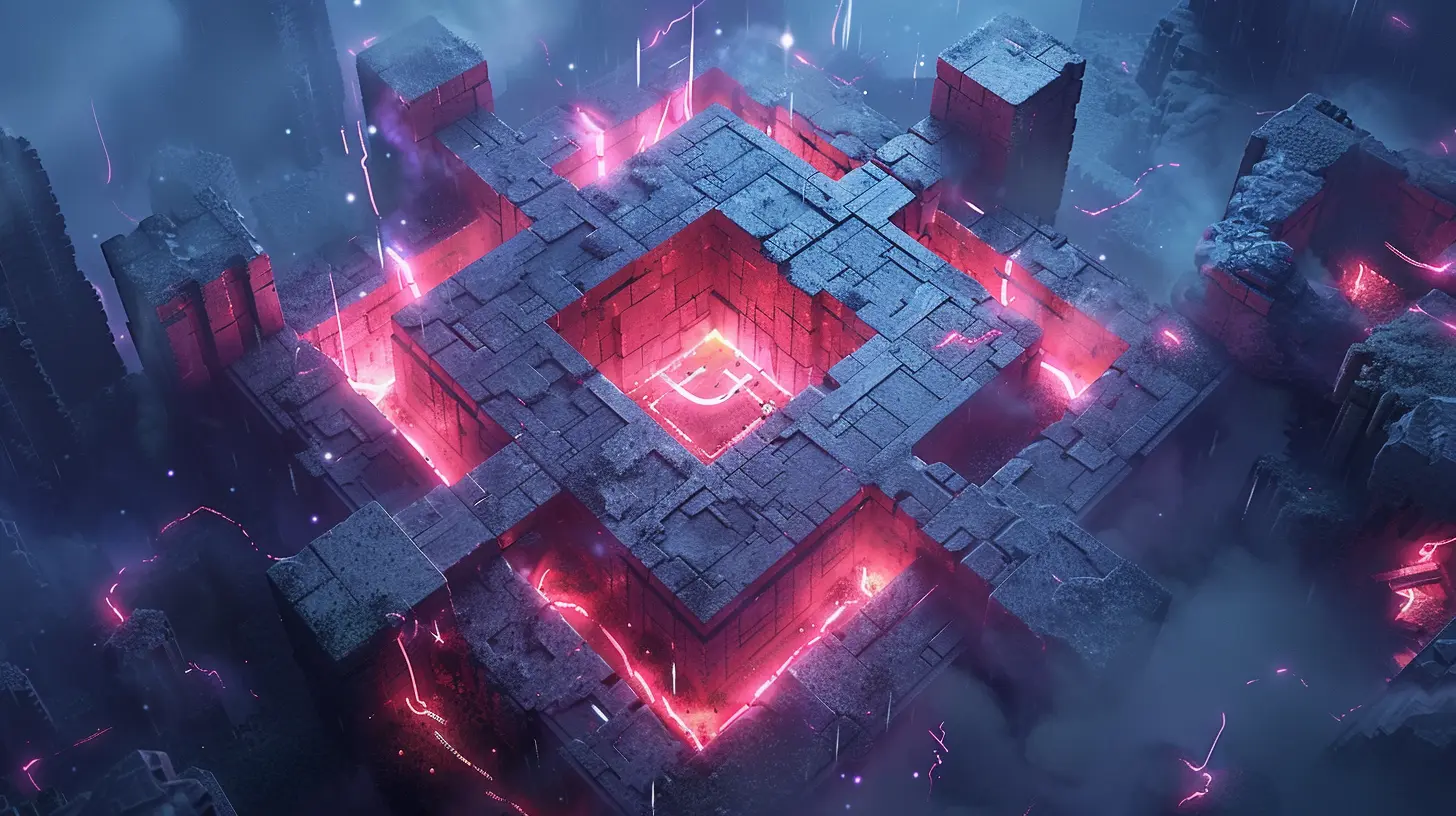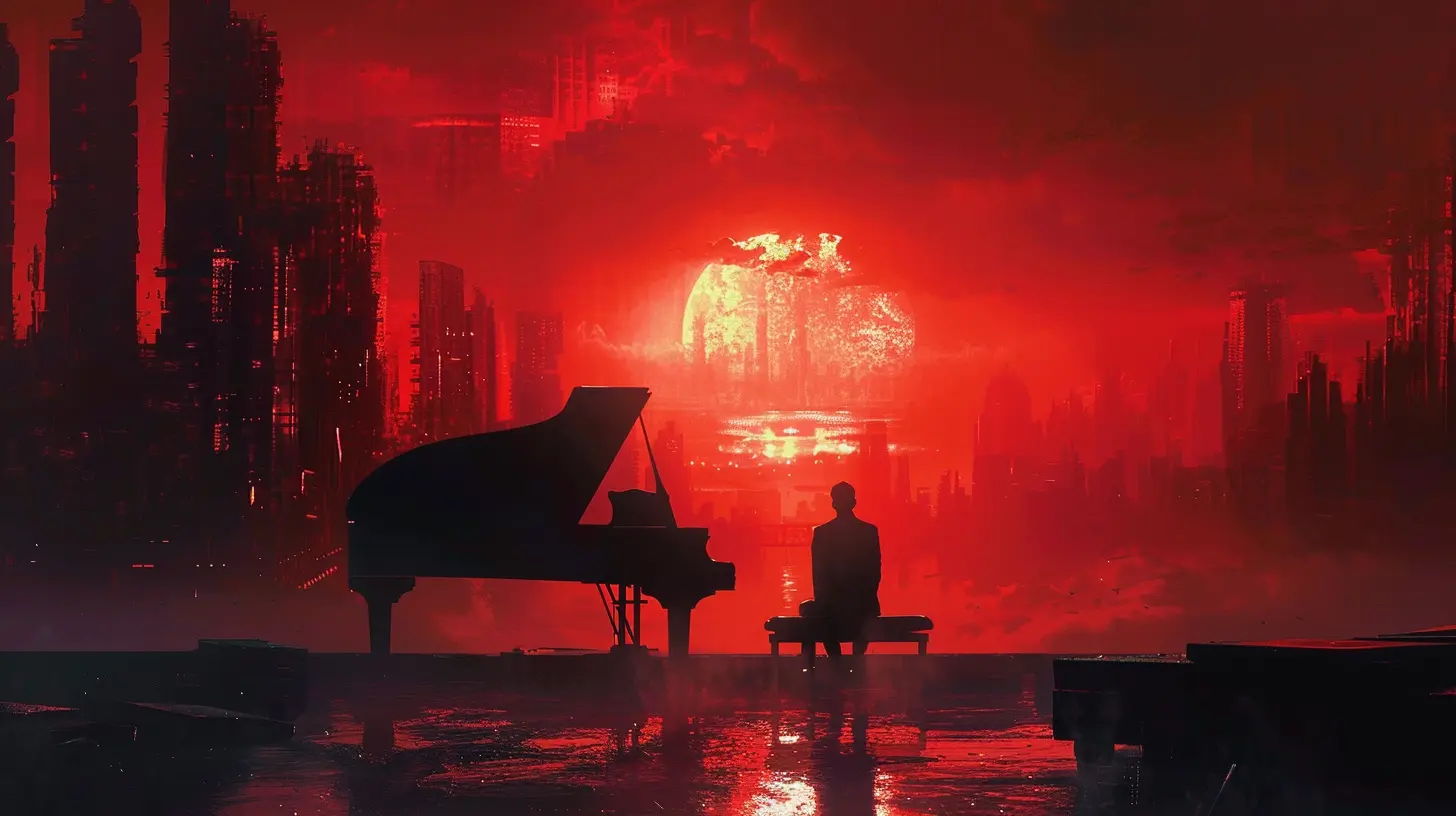The Magic of Minimalism in Puzzle Game Soundtracks
29 May 2025
When was the last time you got hooked on a puzzle game? You know the kind—those captivating brain teasers that suck you in for hours with their simple mechanics yet impossibly complex challenges. But have you ever stopped to think about what’s going on in the background? No, not just the visuals or the gameplay loop. I'm talking about the soundtracks. Puzzle games have mastered the art of pairing gameplay with music in a way that’s subtle yet profound. At the root of this magic lies minimalism.
Minimalism in puzzle game soundtracks is more than just stripped-down audio. It's an intentional choice designed to complement the gameplay, ease frustration, and immerse players. Let’s dive deep into why minimalism works so well and how it elevates the experience of solving puzzles.
What Makes Minimalist Soundtracks Tick?
Minimalist soundtracks rely on fewer instruments, repetitive melodies, and a calm, understated approach. There’s no over-the-top orchestra, no overwhelming bass drop. Just soft tones that stay with you like the hum of a distant memory. But what’s the secret sauce? Why does this approach work so effortlessly with puzzle games?1. They Keep You Focused
When you’re piecing together a tricky puzzle, the last thing you need is a bombastic score distracting you. Minimalist soundtracks are designed to blend into the background, allowing your brain to stay laser-focused on the task at hand. Think of it like white noise—but way more pleasant and intentional.Take Tetris Effect, for example. The game’s ambient tracks seamlessly adapt to your actions, like they're holding your hand without pulling you away from the challenge. The music builds in layers as you progress, creating a rhythm that aligns with your gameplay.
This focus-enhancing quality is one of the reasons why minimalist soundtracks are so popular in puzzle games. They don’t shove themselves into your attention span; they gently hover nearby, like a helpful friend.
2. They Reduce Frustration
Let’s be real—puzzles can get frustrating. You’re stuck on a level, trying every possible combination, and nothing’s working. But instead of rage-quitting, you might find yourself oddly calm. What gives? Chances are, the soundtrack is playing a big role in keeping your cool.Minimalist music has a soothing quality. It’s repetitive, rhythmic, and often features soft sounds like piano keys or ambient electronic beats. These elements can subconsciously calm your nerves, helping you stay in the zone rather than giving up in frustration.
The classic mobile game Monument Valley is a shining example of this. Its soundtrack is dream-like, almost meditative, guiding players through its Escheresque landscapes without ever raising their stress levels. It’s as if the music says, “Take your time. You’ve got this.”
3. They Evoke Emotional Depth
Who said minimalism can’t be emotional? Some puzzle games use minimalist soundtracks to evoke feelings of nostalgia, wonder, or even sadness. The beauty of this approach is how simplicity can create space for you, the player, to attach your own emotions.Consider Journey. Yes, it’s more than just a puzzle game, but its minimalist soundtrack, composed by Austin Wintory, is a masterclass in evoking emotions with fewer elements. Sparse cello notes and ethereal vocals guide you through a wordless story, leaving room for personal interpretation. Puzzle games often follow this path, giving players the soundtrack equivalent of blank canvas space to fill in.
Why Minimalism Fits Puzzle Games Like a Glove
You might be wondering, “Okay, but why are puzzle games so well-suited for minimalist music? Why don’t racing games or RPGs use it in the same way?” The answer lies in the nature of puzzles themselves.1. Puzzles Are About Solitude
Unlike action-packed multiplayer games, puzzle games are inherently personal. You’re not competing against opponents or racing against a clock (well, most of the time). It’s just you, your thoughts, and the challenge in front of you. Minimalist soundtracks mirror this sense of solitude, offering companionship without crowding your mental space.2. Simplicity Matches Simplicity
Puzzle games often feature simple mechanics—dragging blocks, aligning shapes, or finding patterns. Minimalist music reflects this simplicity. Imagine playing a complex puzzle game with a full-blown rock anthem in the background. It just wouldn’t match, right? The beauty lies in how minimalist soundtracks act as an audio reflection of the game itself.Take Baba Is You. The game’s pixel-art visuals and innovative mechanics are paired with a minimalist electronic score. The music amplifies the feeling of experimentation and discovery because it’s just as unassuming as the game’s aesthetic.
3. Pacing Is Everything
Puzzle games have a unique gameplay rhythm. You’ll have moments of intense concentration, followed by a sigh of relief when you finally crack the code. Minimalist soundtracks are designed to ebb and flow with this rhythm. They don’t push you to go faster or overwhelm you with noise; they let you move at your own pace.
Composers Who Bring Minimalism to Life
Behind every great soundtrack is a composer who understands the value of less-is-more. Let’s give a shoutout to some of the masterminds who’ve nailed minimalist puzzle game soundtracks.- Christopher Larkin (Hollow Knight): While not strictly a puzzle game, Larkin’s compositions feature soft, ambient tones that could easily slide into a puzzle game setting.
- David Kanaga (Proteus): Kanaga’s dynamic, ambient tracks interact with the player’s actions, creating a personalized audio experience.
- Todd Baker (Monument Valley): His work is the perfect example of how minimalism enhances both gameplay and emotional depth.
These composers prove that creating a minimalist soundtrack is no small feat. It takes skill to craft music that’s memorable yet unobtrusive.
The Legacy of Minimalist Soundtracks in Puzzle Games
Minimalist soundtracks have become a defining feature of puzzle games. They’ve transformed the genre into something more than just a series of challenges—they’ve turned it into an experience.Games like The Witness, Limbo, and Inside have carried this torch, proving that minimalism isn’t just a trend; it’s a timeless approach. And as gaming evolves, it’s clear minimalist soundtracks will continue to play a major role in enhancing immersion, relaxation, and emotional depth.
So, Why Does This All Matter?
Because music matters. It’s not just background noise—it’s an essential part of what makes games memorable. Minimalist soundtracks in puzzle games show us that sometimes, less truly is more. They remind us that simplicity can be powerful, whether we're solving virtual puzzles or navigating life’s real challenges.Next time you dive into a puzzle game, pay close attention. That soft melody in the background? It’s not just music. It’s a carefully-crafted layer of magic helping you focus, stay calm, and connect with the world (and yourself) in unexpected ways.
all images in this post were generated using AI tools
Category:
Original SoundtracksAuthor:

Lucy Ross
Discussion
rate this article
3 comments
Raine McIntire
This article brilliantly explores how minimalist soundtracks enhance puzzle games' immersive experience. The focus on subtlety not only complements gameplay but also elevates emotional engagement, creating a truly captivating atmosphere.
June 11, 2025 at 3:21 AM

Lucy Ross
Thank you! I'm glad you enjoyed the exploration of how minimalist soundtracks can deepen the emotional and immersive aspects of puzzle games. Your insights highlight the power of subtlety in enhancing gameplay!
Sage McGee
Great insights on the role of minimalism in puzzle game soundtracks! Your points about how subtle audio elements enhance immersion and focus resonate deeply. It's amazing how a simple melody can elevate the gaming experience. Looking forward to more articles like this!
June 6, 2025 at 2:23 AM

Lucy Ross
Thank you for your kind words! I'm glad you found the insights resonate with you. Stay tuned for more articles!
Judith Conrad
The beauty of minimalist soundtracks in puzzle games lies in their ability to enhance focus and immersion. By stripping away excess, these compositions create a serene backdrop that elevates the gaming experience to new heights.
June 3, 2025 at 4:16 AM

Lucy Ross
Thank you for capturing the essence of minimalist soundtracks! They truly create an immersive environment that allows players to concentrate and engage more deeply with the puzzle experience.



